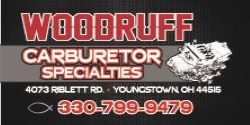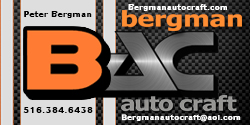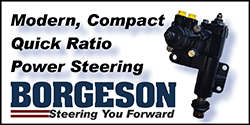The radio mounting pattern for the FMJ cars started in 1972 with the trucks and vans, and in cars in '75 with the B-bodies and continued through at least 2002 in the Ram 2500/3500. Exceptions include the Diamond-Star cars [Sebring/Avenger/Stratus coupes (not convertibles), Laser/Talon (but not Lazer), etc.], PT Cruiser, later ('99-up?) minivans and I believe 2nd-generation Neons. All of the early minivans, all the JA/K/Q/H/G/P/Y, FWD A/B/C/E/J bodies, L-bodies (Omnirizon, Charger, Turismo), '93-'98 LH, all D/W/T300 trucks and all B-vans used the same mounting pattern. There's no shortage of 'em out there, nor is there any shortage of places to put one if you've got one lying around. To my knowledge, the non-common-ground wiring debuted in '84 using the familiar mirror-image black and grey plugs that I believe finally died with the '03 B-van.
Besides having dozens of Chrysler products over the years, I was a professional installer for a few years in the '90s, and again a decade later. Customers usually abandoned non-working factory decks, which I hoarded, dissected, and often played Dr. Frankenstein (it's
Fronkensteen!) to make some of them work again.
Other than a terminal used to activate the external amps (it accepts a single female spade terminal), I've not found any internal differences in any radios marked "Infinity" as opposed to their identical-looking non-Infinity counterparts, assuming the same company manufactured both (Alpine or Fujitsu Ten/Eclipse). The differences were external and primarily in the speakers; Infinity systems used external amplification (sometimes at the speaker mounting location) which received and amplified a
speaker-level output from the head unit. Replacing the speaker/amp assembly with a good-quality 4Ω aftermarket speaker and bypassing the amp resulted in no drastic change in performance. Trying to use the factory speaker-mounted amp with an aftermarket 4Ω driver would smoke the amp for the 16Ω speakers pretty quickly if driven hard, though.
Confused yet? Good. Because there are factory systems that did not carry the Infinity label, yet have the external amplifier. Hence the reason all the premium stereos, labeled or not, are essentially the same. Many radios even have the single spade connector seen on the Infinity/amplified systems, but it is unused in that application (my friend's '99 Ram is like this). However, for the next bit, I'll generically use "Infinity" to mean
any externally-amplified system, and "non-Infinity" to mean a radio that connected directly to the speakers.
To use a non-Infinity factory deck (missing the amp output terminal), or an aftermarket head unit in place of a dead Infinity unit, simply ground the female spade terminal coming from the amp. The amp will still only power when there is signal present in the speaker wiring. If putting an Infinity unit where a non-Infinity stereo once sat, just plug in the main black/grey connectors, sit back, and be underwhelmed by the absolute lack of change in the sound.

That is not the case, though, if you're upgrading from the basic line of cassette deck or AM/FM radio to an Infinity-style unit. In those cases, it will be quite an improvement assuming you're not using the 25-year-old factory speakers.


















